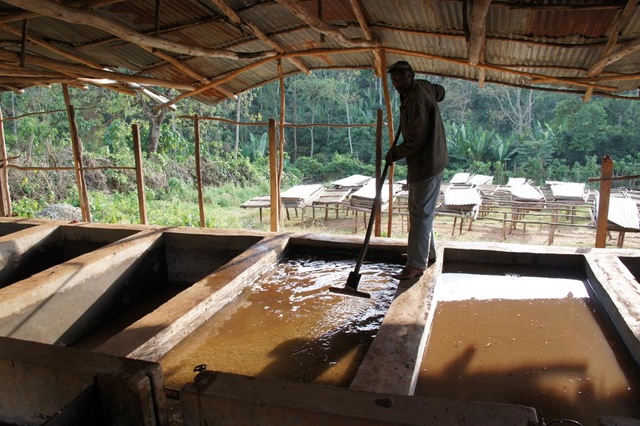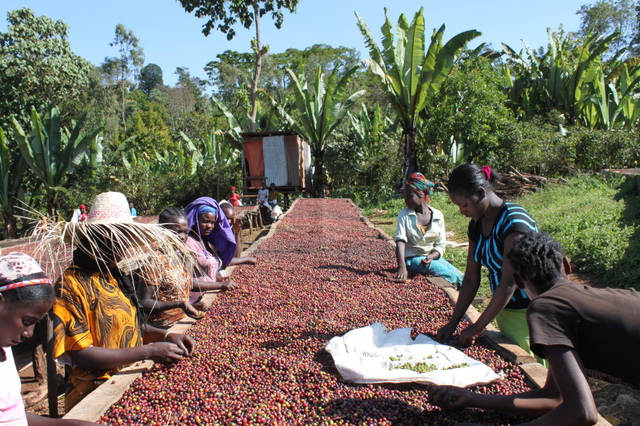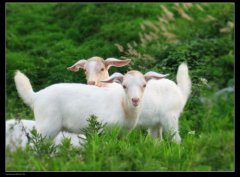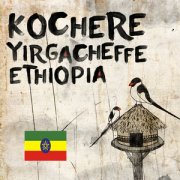Wash Sidamo G1 Coffee Valley Jikorsha-Mokanisha Water treatment Plant Water washing Gucci hand Flushing

Professional coffee knowledge exchange more coffee bean information please follow the coffee workshop (Wechat official account cafe_style)
Description of Coffee Flavor and aroma in Humbela Town, G1 Valley, Sidamo, Ethiopia
Product name: Ethiopia washing Sidamo G1 Valley Kircha Moka Nisha treatment Plant LOT#2
(Ethiopia Washed Sidama Guji Kercha Mokonisa Mill Lot#2)
Introduction:
The Sidamo producing area (Sidama) is located in southern Ethiopia. The industry here is dominated by agriculture, and the coffee-growing area is located around the East African Great Rift Valley (Great Rift Valley). The largest town in Sidama province is Hawassa, which is an important local coffee export distribution center. The coffee flavor of Sidamo is very diverse, because of the different soil composition, regional microclimate and countless native coffee varieties, the coffee produced in each urban area has obvious differences and characteristics. Guji is located in the south of Oromia region, adjacent to Sidama and Gedeo. There are many pits in this area, which were used to mine gold in the early days, so there are many potholes in this coffee growing area. This makes people dangerous when walking between coffee growing areas. Guji is a unique producing area of Sidama, a remote area far from most coffee producing areas, which was destabilized in 2006 due to miners, land, ethnicity and other factors. As a result, the biggest problem facing the region now is that ─ needs manpower to maintain the growing area and harvest coffee. Local small farmers began growing organic coffee in 2001 and work closely with medium-sized coffee producers because they are familiar with how to grow forest coffee in the highlands.
Mokonisa Mill is one of the 13 private processing plants owned by Mr.Israel Degfa, which is located in southern and southwestern Ethiopia, as well as in Yegashefi and Kochel. In addition to the processing plant, there is also an export company called Kerchansche. Mr.Israel Degfa is the second-generation coffee successor. when he was a young student, he learned to save the money his father gave him to go to school by bus. He would rather walk for an hour to save this money, which became the first fund for him to set up his first water treatment station. Since then, due to his reliable credit, he has become one of the important suppliers of Nordic Approach's, a famous Nordic coffee and raw bean trader in Ethiopia.
The Mokanisha Water treatment Plant (Mokonisa washing station) is located in the town of Woreda Kercha, the Guji producing area of Sidama, where most small coffee farmers grow only a few hundred coffee trees on average and cannot afford pesticides and chemical fertilizers. The red cherry fruits are harvested and sent directly to the Mokanisha water treatment plant. As the treatment plant is located at high altitude and the temperature is very low, the water treatment takes 48 hours to complete the fermentation washing, and then slowly drying the raw beans in the African bed for 15 days. Combined with several reasons, fertile soil, varieties are native excellent local varieties, coupled with quality management, and this water site is located at high altitude, raw beans are natural low temperature and slow drying to complete the work, it can be said that "super good beans" is not excessive at all.

Flavor description: apricot peach, lemon, sweetened peach, tender ginger, floral notes
The palate is juicy and rich, with sweet sucrose and sweet citrus fruit.
Country of origin: Ethiopia (Ethiopia)
Producing area: Guji, Sidama, Kercha.
Production: local coffee farmers in Guji (Kercha)
Processing plant: Mokanisha processing plant (Mokonisa Mill)
Variety: native species (Heirloom)
Altitude: 1900 to 2100 m
Grade: water washing maximum level G1
Treatment: traditional washing
Harvest time: NumberA
Certification: NCMA
Coffee: Ethiopian water washing Sidamogu Kolcha Mokanisha water treatment plant
Baking degree: medium and shallow
Baking day: 2017.09.04
Cooking day: 2017.09.06
Method: hand flushing
Grinding scale: small Fuji 4.5
Temperature: 90C
Steaming: silently count 15 seconds after adding water
Technique: draw a circle from the center, keep the injected water in the center as far as possible, cut off the water once, and expand the flushing circle area to close to the periphery at the end.
Palate: the aroma is ok, the acidity is moderate, and the flavor is quite good.
Important Notice :
前街咖啡 FrontStreet Coffee has moved to new addredd:
FrontStreet Coffee Address: 315,Donghua East Road,GuangZhou
Tel:020 38364473
- Prev

The most famous treatment of Kenyan Coffee description of flavor characteristics of Kenyan coffee varieties
Professional baristas Please follow the Coffee Workshop (Wechat official account cafe_style) Kenya in East Africa is one of the major coffee producing countries. More than 6 million people in the country are engaged in the coffee industry, mostly in the form of a combination of small farmers and cooperatives. Coffee trees in Kenya are mostly planted at 1400-2000 meters above sea level, and the growing areas include Ruiri,Thika, Kirinyaga and Mt.
- Next

Washed Sidamo G1 Hill Amelia Processing Farm Coffee Flavor Taste of Harvest Third Place
Professional coffee knowledge exchange More coffee bean information Please pay attention to coffee workshop (Weixin Official Accounts cafe_style) Ethiopian washed Sidamo G1 Guji District Hambella Town coffee flavor aroma Description Product: Ethiopia washed Sidamo Chire Ameli G1 Washed Introduction: Chire Ameli processing plant (Ch
Related
- Detailed explanation of Jadeite planting Land in Panamanian Jadeite Manor introduction to the grading system of Jadeite competitive bidding, Red bid, Green bid and Rose Summer
- Story of Coffee planting in Brenka region of Costa Rica Stonehenge Manor anaerobic heavy honey treatment of flavor mouth
- What's on the barrel of Blue Mountain Coffee beans?
- Can American coffee also pull flowers? How to use hot American style to pull out a good-looking pattern?
- Can you make a cold extract with coffee beans? What is the right proportion for cold-extracted coffee formula?
- Indonesian PWN Gold Mandrine Coffee Origin Features Flavor How to Chong? Mandolin coffee is American.
- A brief introduction to the flavor characteristics of Brazilian yellow bourbon coffee beans
- What is the effect of different water quality on the flavor of cold-extracted coffee? What kind of water is best for brewing coffee?
- Why do you think of Rose Summer whenever you mention Panamanian coffee?
- Introduction to the characteristics of authentic blue mountain coffee bean producing areas? What is the CIB Coffee Authority in Jamaica?

